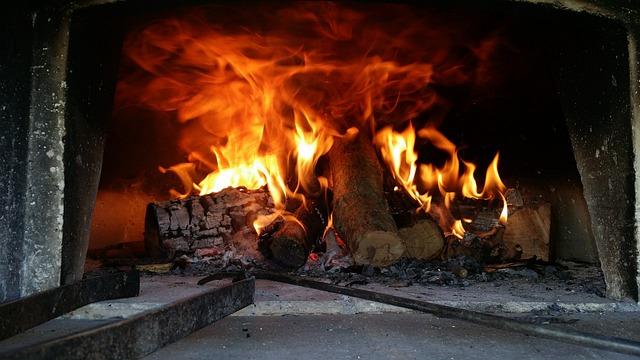
Researchers from Israel and their German and UK colleagues made a remarkable scientific discovery: Carp-like fish remains found at Gesher Benot Ya’aqov (GBY) in Israel were cooked 780,000 years ago.
Cooking is the process of heating and processing food using a variety of methods. Since the 19th century, scientists have debated when early man first cooked with fire. The earliest evidence of cooking found to date dates back around 170,000 years. New evidence predates the data by over 600,000 years. Nature Ecology and Evolution published these findings.
“By analyzing the fish bones at Gesher Benot Ya’aqob, we were able to rebuild the old Hula Lake’s fish population and showed that it contained extinct fish species. These species included 2-meter-long enormous barbs (carp-like fish). A great number of fish remains at the site indicates that early humans cooked them often,” stated lead author Dr. Irit Zohar, a researcher at TAU’s Steinhardt Museum of Natural History, and Dr. Marion Prevost at HU’s Institute of Archaeology (Zohar et al., 2022).
“These species included 2-meter-long enormous barbs (carp-like fish). A large number of fish remains at the site shows that early humans cooked them often.”
“Evidence shows prehistoric humans could regulate fire to cook food and understood the benefits of boiling fish before consuming it.”
The study focused on carp pharyngeal teeth (used to grind hard food like shells). These teeth were recovered in vast numbers at the location. By examining taphonomy history and isotope analysis data of the crystals that make the tooth enamel (whose size increases with heat), the researchers proved that the fish captured at the ancient Hula Lake, near the site, were cooked and not charred by a spontaneous fire.
The team hypothesizes that harvesting freshwater fish was the initial move out of Africa. Cooking fish, as shown in this study, represents a revolution in the Acheulian diet and is crucial for understanding the relationship between people, the environment, climate, and migration when reconstructing the history of early humans.
BIU’s Prof. Nira Alperson-Afil discovered the oldest evidence of fire use in Eurasia. “Fire is used throughout the site’s history,” she said. This influenced the site’s spatial arrangement and fireplace-centered activity. Alperson-research Afil’s on fire at the site was innovative and demonstrated that fire use began hundreds of thousands of years ago.
HU’s Goren-Inbar said GBY documents tens of thousands of years of recurring hunter-gatherer occupation on the historic Hula Lake. “These groups used the old Hula Valley’s rich resources and left behind almost 20 settlement strata,” Goren-Inbar said.
The excavations have unearthed the material culture of these ancient ancestors, including tools made of flint, basalt, and limestone, as well as their food sources, which included a great range of plant species from the lake and its beaches (including fruits, nuts, and seeds) and many medium- and large-sized land mammals.
London’s Natural History Museum’s Jens Najorka explains, “In this work, we employed geochemical methods to determine how cooking temperatures affected tooth enamel crystal size. Burning enamel crystals causes a dramatic change in size, although boiling from 200 to 500 degrees Celsius causes fewer changes. My investigations with Dr. Zohar revealed the effects of low-temperature cooking. We don’t know how the fish was cooked, but the lack of evidence of high temperatures suggests they were not cooked directly in fire or thrown into a fire as waste.”
Dr. Guy Sisma-Ventura of the Israel Oceanographic and Limnological Research Institute and Prof. Thomas Tütken of Johannes Gutenberg University Mainz analyzed the oxygen and carbon isotope composition of fish teeth enamel.
“This isotope analysis is a milestone since it allowed us to reconstruct the hydrological conditions in this ancient lake throughout the seasons, revealing that fish was not a seasonal economic resource but was harvested and eaten year-round. Thus, fish lessened the requirement for seasonal migration.”
Conclusion
Size-strain study employing X-ray powder diffraction revealed that the recovered teeth had been exposed to temperatures below 500 degrees Celsius. Combined with archaeological and taphonomic evidence, it was determined that the fish from the archaeological horizons had been cooked and consumed on-site. This is the first indication that hominins used fire to cook their foods.















